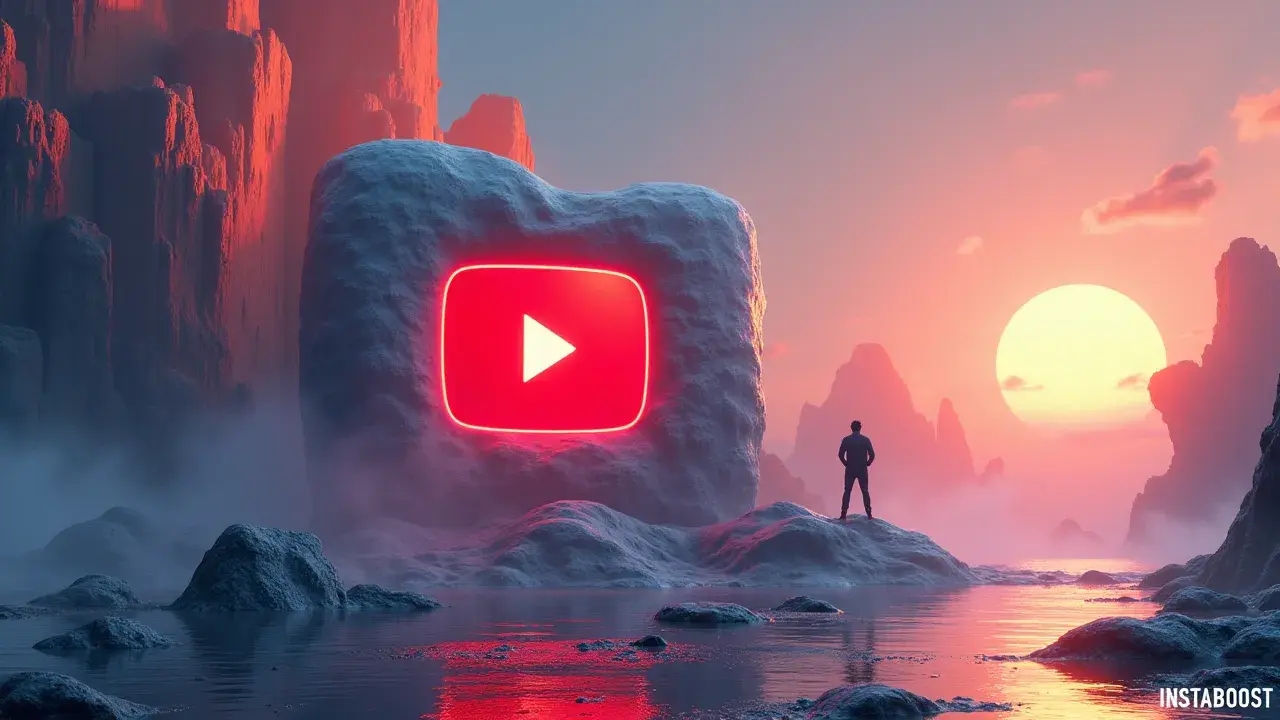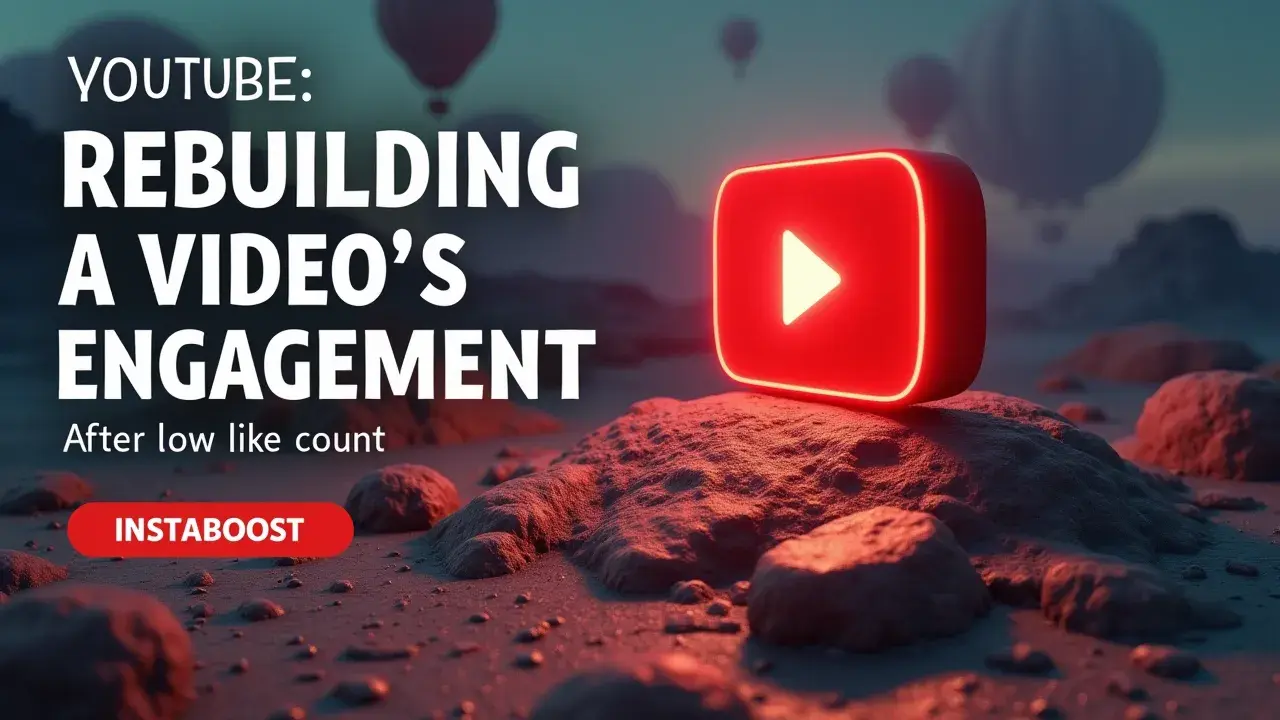YouTube: Can a Video’s Engagement Rebound After Low Likes?
A video’s engagement can recover when audience signals and timing improve. Refresh the thumbnail and title to increase click-through, then encourage comments and longer watch time to send stronger signals. Use community posts, end screens, and playlists to reintroduce the video to interested viewers and nudge algorithmic triggers. Monitor retention and interaction patterns to iterate quickly, focusing on segments that resonate and trimming parts that suppress response for a smarter path to momentum.
Why Like Counts Matter More Than You Think
A video’s like count ends up mattering more than most people think, and not only because it looks good. YouTube’s algorithm keeps an eye on likes, but so do regular viewers. When a video doesn’t pick up many likes early, it quietly sends a message that maybe it’s not catching on. YouTube doesn’t explain exactly how it sorts videos, though it’s clear that likes, comments, and shares all count as signs that people care.
So if your video starts out with low numbers, it’s not just harder for the algorithm to find a reason to show it to others; viewers scrolling by might not give it a chance either. It can turn into a bit of a cycle – low engagement means less reach, and less reach makes it harder to pick up new likes. Still, that’s only part of the story.
Once you start to notice what’s really happening with engagement, there’s room to try different things. Whether you’re working on your own channel or helping a brand campaign – similar to what a team at INSTABOOST might handle when aiming to boost YouTube channel visibility – it helps to look at low like counts as information, not a dead end. Giving a video another shot isn’t about trying to trick the system; it’s more about finding ways to invite people in, maybe by opening up comments or tweaking the title, and seeing what happens from there.

Why the Algorithm – and People – Lose Faith Quickly
After you’ve spent enough time on YouTube, you really do start to notice how much those first few hours matter when you upload something new. It’s not just the algorithm watching – people are, too – paying attention to things like the number of likes on your video. Even if you put a lot of work in, if people see only a few likes or comments, they can start to wonder if it’s worth their time. The algorithm seems to react to that, holding back your video before it even has a chance to find its audience.
So, when a video doesn’t get much engagement early on, it can end up not reaching anyone at all, no matter how helpful or interesting it is. Trying to turn things around later isn’t only about chasing numbers; it’s more like starting over, trying to show both viewers and the platform that your channel is still worth paying attention to. I remember reading about all sorts of things people try, from tweaking thumbnails to strategies to boost your subscriber count, but even with a solid title and a video you’re proud of, if people aren’t spending time with it or leaving a few likes, it just doesn’t go anywhere.
A lot of creators figure this out after waiting for the algorithm to magically notice them again, but that usually doesn’t happen. It helps to understand what people look for – cues that your video is worth watching, like real engagement from others. That’s more important than any tip or trick you’ll find, really. When viewers can see other people showing up, watching, and leaving a comment, it’s easier for them to trust what you’ve made and maybe stick around themselves. That’s when things can actually start to move again, but sometimes it’s hard to tell what’s going to take off and what’ll just stay quiet, sitting there in your uploads.
Rebooting Your Video: The Right Moves After a Slow Start
It’s easy to think things are out of your control when a YouTube video doesn’t take off right away, but sometimes it’s more about details you haven’t looked at yet. If a video has stalled, I find it helps to go back to the basics: reread your title, look at your thumbnail, and ask yourself if they’d catch your own attention in a feed full of options. Sometimes even a small change, like moving a key phrase to the start of your title or choosing a thumbnail that’s clearer at a glance, can get people to actually click. I’ve also noticed that getting back into the comments can make a difference – pinning a new comment, following up with people who watched early, or adding a question in your description to get the conversation going again.
If you have the community tab, you could make a quick post to remind subscribers about the video – something straightforward, like asking if anyone missed it or sharing why you still think it matters. Posting the video somewhere outside YouTube, like on a small forum you’re part of or on your own site, can bring in new views, too. And if you decide to use a boost service like INSTABOOST, I’d focus on making sure it’s real engagement – whether that’s more comments or finding ways to engage viewers with more likes – so you’re not just inflating numbers but actually giving the video a genuine chance to find new viewers. Sometimes bringing a video back to life is less about chasing a big moment and more about working through these small, steady changes, seeing what happens, and then thinking about the next step.
When Persistence Feels Pointless – But Isn’t
Sometimes you do everything you’re supposed to with your YouTube video – swap in a different thumbnail, rework the description, mention it on your other platforms – yet the likes barely move. It can be discouraging, like none of it really matters. But I’ve noticed analytics don’t always show the full picture.
Engagement takes time to build, and that gap between doing the work and seeing any shift can make you want to stop altogether. A lot of people who stick with it understand that YouTube tends to reward people who keep showing up, not just those who get lucky once. Things like replying to comments, adjusting your tags, or pinning a question at the top of the discussion – these small details can help the algorithm notice your video again, even if it seemed like nothing was happening before. There isn’t a shortcut or secret fix; it’s mainly about being patient and steady with those actions. The hard part is waiting long enough to see any real change.
I’ve even caught myself reading about different ways people support your YouTube growth, just out of curiosity, when the numbers feel stuck. It’s easy to get stuck staring at the numbers, but paying attention to the slow, gradual improvements – like a comment from someone new or a bump in watch time – can say more than any sudden spike. Sometimes you don’t see the results right away, and sometimes you wonder if you ever will, but the only sure way to keep a video from coming back is to stop trying altogether.















